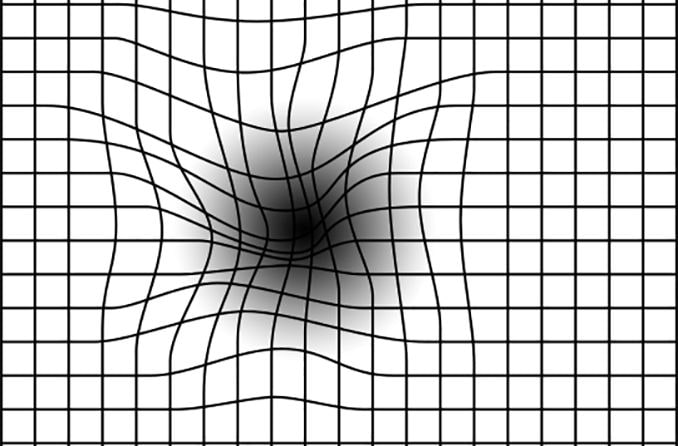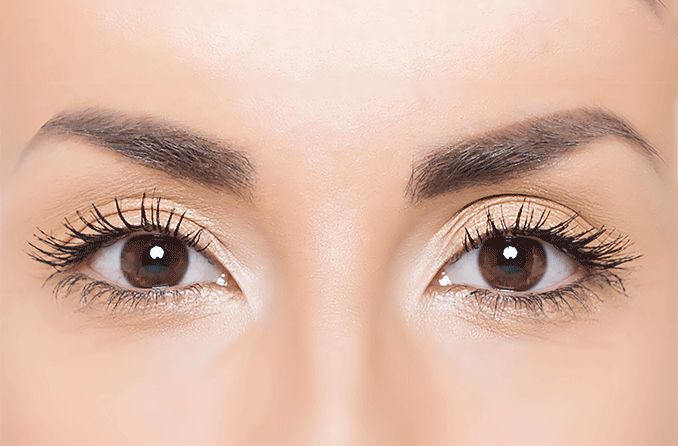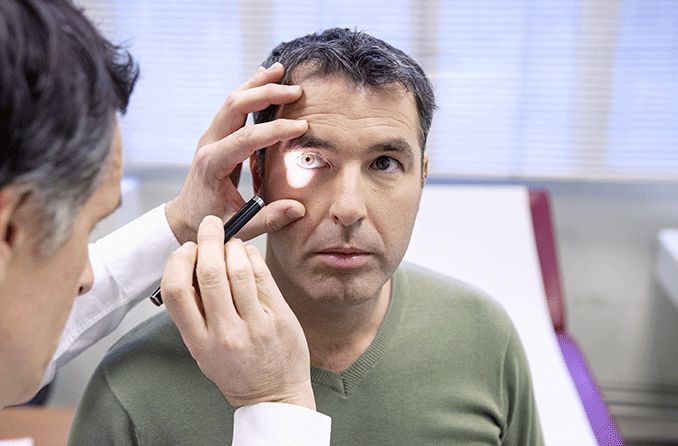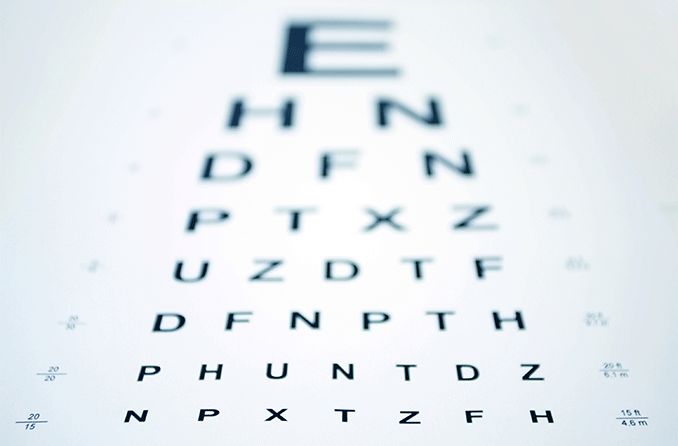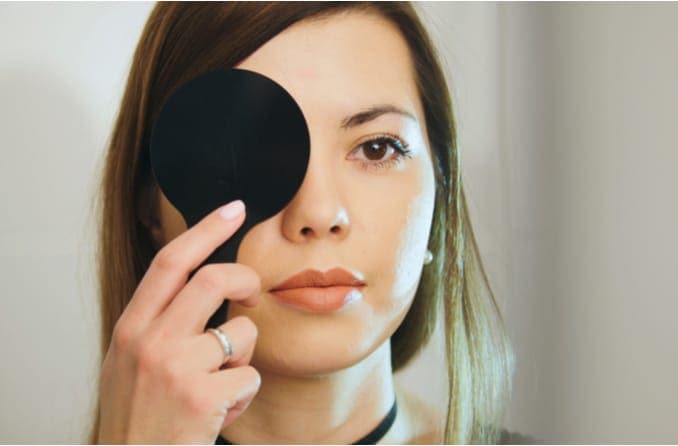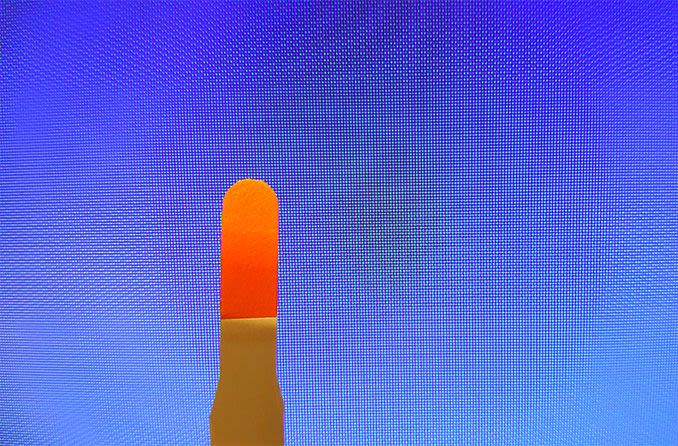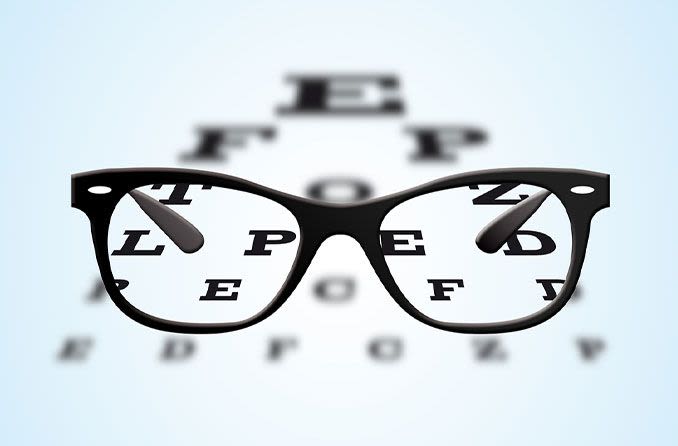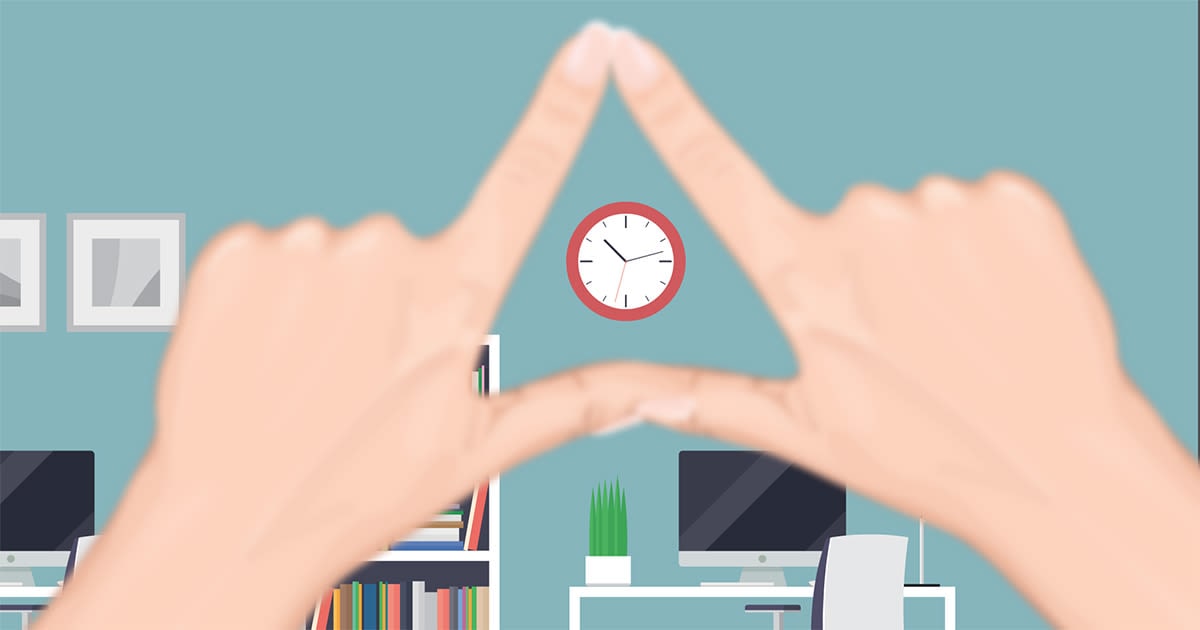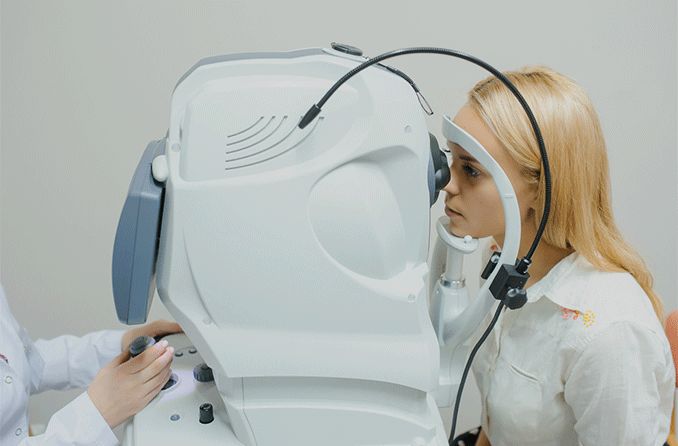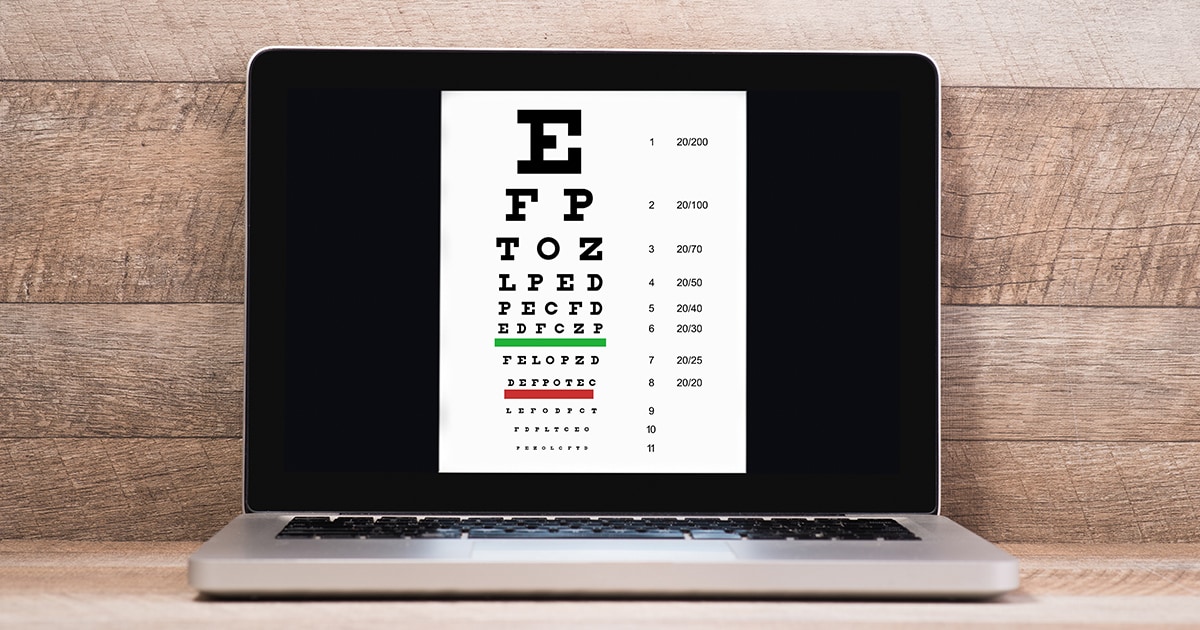If you’ve ever been confused during an eye exam when your doctor asks, “Which is better, one or two?,” you’re not alone. The question can be confusing and even nerve-wracking if the two options look the same to you.
So what exactly does it mean? And why does it matter? In short, it’s part of a test called a refractive eye exam. This helps your doctor check to see if you have a refractive error, a vision problem that makes it difficult to see things clearly. One such “error” is myopia.
The refractive eye exam is usually given as a part of a comprehensive eye exam. It helps your doctor decide what power of lenses you’ll need for your eyeglass or contact lens prescription to correct any refractive error you have.
And there’s more to a refractive eye exam than just the infamous “one or two” question.
What happens in a refractive eye exam?
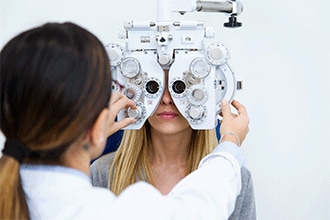
During a refractive eye exam (also called a refraction or vision test), your eye doctor places a large instrument called a phoropter in front of your face. This tool contains lenses, dials and switches, and it’s what you might think of when you picture yourself having an eye exam.
The clear lenses of the phoropter are placed in front of your eyes so you can look through them at an eye chart across the room — about 20 feet away to be more precise.
Your doctor will then turn the dials on the phoropter to access different lens powers, and they’ll ask which lens option helps you see the eye chart more (or most) clearly. This is where the “option one or option two” choices come into play.
You’ll be given different options until you can see the eye chart as well as someone with 20/20 vision (also known as “perfect” vision). There’s no need to be nervous about a refractive eye exam — the process is painless and relatively short.
Whichever lens power helps you achieve 20/20 vision (or better in some cases) is the power that will be incorporated into your vision prescription for that eye.
Refractive exams help diagnose myopia and more
It’s important to have a refractive eye exam so that you and your doctor can learn more about your vision and how to correct any refractive errors that may be present.
One of the most common refractive errors is myopia (nearsightedness). In fact, it’s the most common cause of vision impairment in people under the age of 40. Myopia causes faraway objects to appear blurry, and if it’s not properly corrected, it can also cause headaches and eye strain.
Although myopia can feel like an inconvenience, it’s easily corrected with prescription eyeglasses, contact lenses or vision surgery. But you won’t be able to get the proper correction until you’ve had a refractive eye exam.
There are several refractive errors in addition to myopia, including:
- Hyperopia (farsightedness) — This causes nearby objects to appear blurry.
- Presbyopia (age-related farsightedness) — This is when nearby objects appear blurry due to the eye’s aging process. This usually starts to happen around the age of 40.
- Astigmatism — This causes both nearby and faraway objects to appear blurry. This occurs when there are imperfections in the curvature of the cornea or lens (or both).
Each of these errors can usually be corrected the same way as myopia: with glasses, contacts or surgery. The prescription and method of correction differs based on the type and severity of error. It also depends on personal preference, especially when it comes to choosing glasses or contacts.
A refractive test can also reveal if additional testing is needed for non-refractive issues such as retinal detachment and macular degeneration.
Get a refractive eye exam each year for myopia
Did you know myopia can worsen as your eyes develop? The condition doesn’t stabilize for many people until they are in their 20s. It’s totally normal for children and young folks to need an update in their vision prescription every few years or so.
If you’ve been diagnosed with a refractive error or any other eye conditions, experts suggest getting a comprehensive eye exam on an annual basis. Since a refractive eye exam is usually part of a yearly exam, it’s easy to get both issues checked at the same time.
When it comes to any eye exam, remember that everyone’s vision is different. There’s no wrong answer to any question when you’re being asked about your eye health — even if you can’t tell if “one” or “two” looks better.
SEE RELATED: How often should you get your eyes checked?

